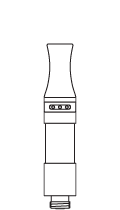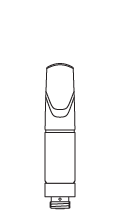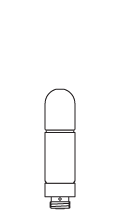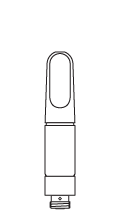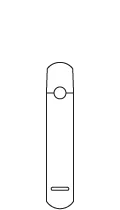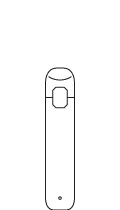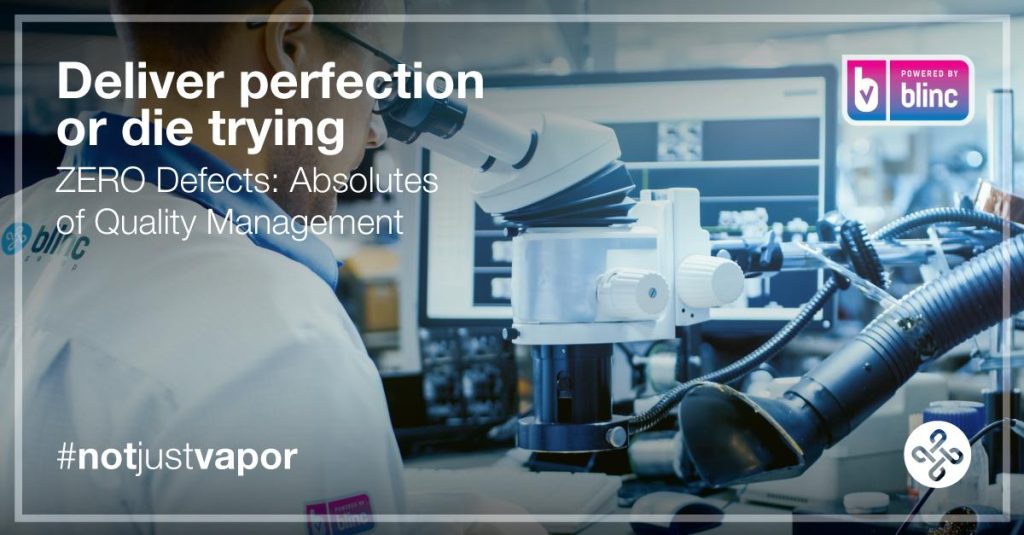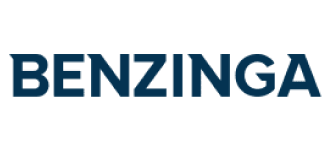A little bit of history never hurts: what is Zero Defects (or ZD)? ZD was a management-led program to eliminate defects in production lines, which gained brief popularity in American industry from 1964 to the early 1970s. Quality expert Philip Crosby later incorporated it into his “Absolutes of Quality Management“. Although applicable to any type of business, it was primarily used in supply chains where large quantities of components are purchased or manufactured. We’d like to dissect Crosby’s 4 proposed principles when it comes to Blinc’s supply chain.
The definition of quality is conformance to requirements
At Blinc, each product (SKU) has its own specification sheet. The specification sheet includes, but isn’t limited to:
-
- Product details
- Inspection criteria
- Quality inspection standards
- Appendices: component lists, component and product certifications
These specification sheets are the basis for any quality control that happens upon reception of the raw material, during production, or on the final packaged products. They are agreed upon and signed by the Blinc team, the client and the product assembler. By doing this, we are able to set expectations on what our clients will be receiving and alleviating any potential issues with non-conformance claims.
The system of quality is prevention
A common misconception of “Quality” is that quality control and quality assurance are the same. This statement is far from the truth.
Quality Control (QC) consists of checking whether conformity, or compliance to specifications, is achieved:
-
- Description & product identification
- Product reference pictures
- Summary and checklist results
- Overall inspection result – accept/reject/pending
- Documentation of defect findings
QC focuses on defect identification, is product oriented but, most importantly, is reactive.
Quality Assurance (QA) consists of all the steps that prevent quality problems from appearing:
-
- Reviewing new product designs while thinking about potential problems
- Checking and approving good manufacturers, and having them sign the right contract
- Ensuring the buyer’s requirements are clear for all parties based on perfect samples, but also on a written specification sheet
- Checking production, if possible at several stages (the earlier you catch defects, the easier they are to correct)
- Learning lessons and improving the QA procedure over time.
QA focuses on defect prevention, is process oriented and is proactive: this is the reason why QA is much more important and has to happen from the start, during product development.
At Blinc we have implemented a very thorough “Powered by Blinc” process managed by our team in Shenzhen. From raw material testing and inspections to end product. The only issue we face is when it comes to testing with oil as THC is completely illegal in China (death penalty for trafficking). For this we have recently developed a surrogate oil made with hemp extracts.
The performance standard is Zero Defects
As you may already know, since cannabis vaping products are used with extracts and every extract has different properties, ZD is pretty much a dream in our industry. We’ve established previously that we cannot test with each of our clients extracts for obvious reasons, this is why we always provide reference samples so they can do the testing themselves.
That said, we can influence the processes that we control: raw materials & manufacturing. Circling back to the specification sheet discussed above, we are able to strive for ZD on the hardware side of things: zero defects in our case means that every product conforms to the specification sheet.
Not only does ZD include products, but it also is the holy grail of performance standards in our everyday jobs: quality relationships, quality documentation, quality communication, etc… In this case, our ZD Quality policy includes every aspect of working at Blinc. It’s more than a means to an end, it’s one of the 4 overarching values of the company.
The measurement of quality is the price of nonconformance
At Blinc, we prefer the price of nonconformance as opposed to the cost of quality because quality improvement efforts pay for themselves.
Here’s a quick illustration: we have recently discovered a 0.8% defect rate on some of our 1g cartridges. This defect rate was reported by one of our clients. Although the industry standard is roughly 1%, we immediately got to work on identifying the root cause and put together a corrective and preventative action plan.
What was the cost of this defect? Here are a few of them:
-
- our clients have received consumer complaints resulting in some retailers refusing to carry their products despite the in-depth testing done before putting these products on the market
- our clients QA/QC teams have spent a lot of time testing possible root causes with our team (remember, Blinc doesn’t have legal access to our clients’ extracts)
- our customer success team has spent countless hours working through these issues
- our product development and quality teams have developed over 13 various root causes, weeding them out one by one
In the end, we were able to identify the issue: a drop in pressure due to the use of a stainless steel push/lock mechanism. We are currently in the process of drafting the corrective action plan that our clients can follow themselves. Blinc has already implemented a preventative action plan for this issue not to happen in the future including a QC checkpoint during production to test the inside pressure of the 1g cartridges.
We’re not going to detail the total costs here but between missed sales, reputational damage (for both the clients and Blinc) and the time all teams have spent on this issue, it’s a significant amount. In hindsight, if the preventative action had been implemented from the start, we would have been able to avoid all of this.
On the other hand, it would never have been even thought of, if we hadn’t experienced this issue. This is why we like to speak of the price of nonconformance.


